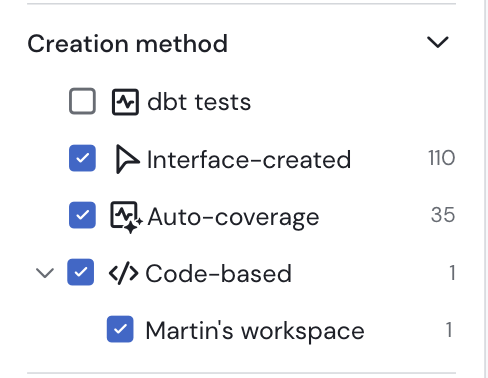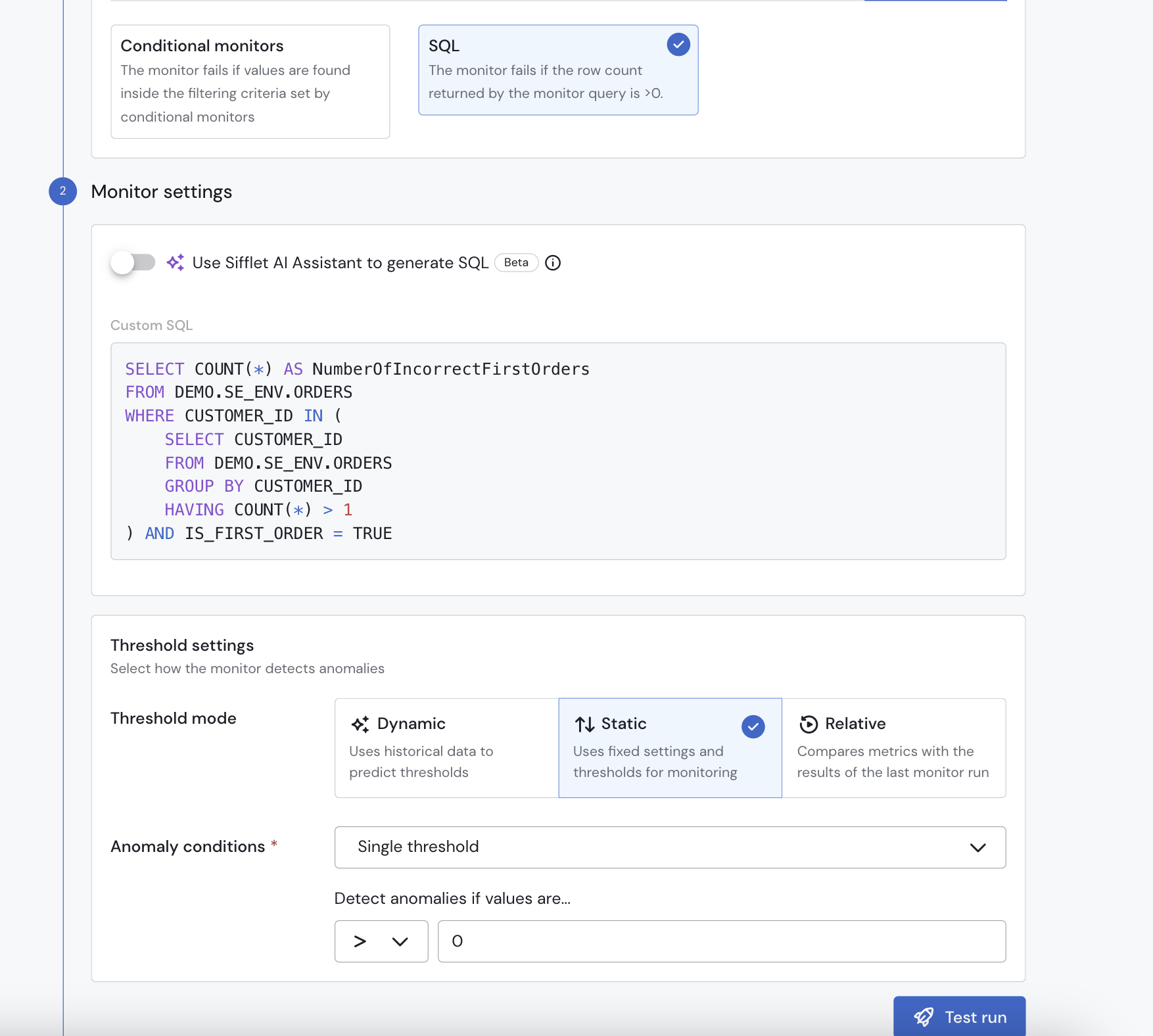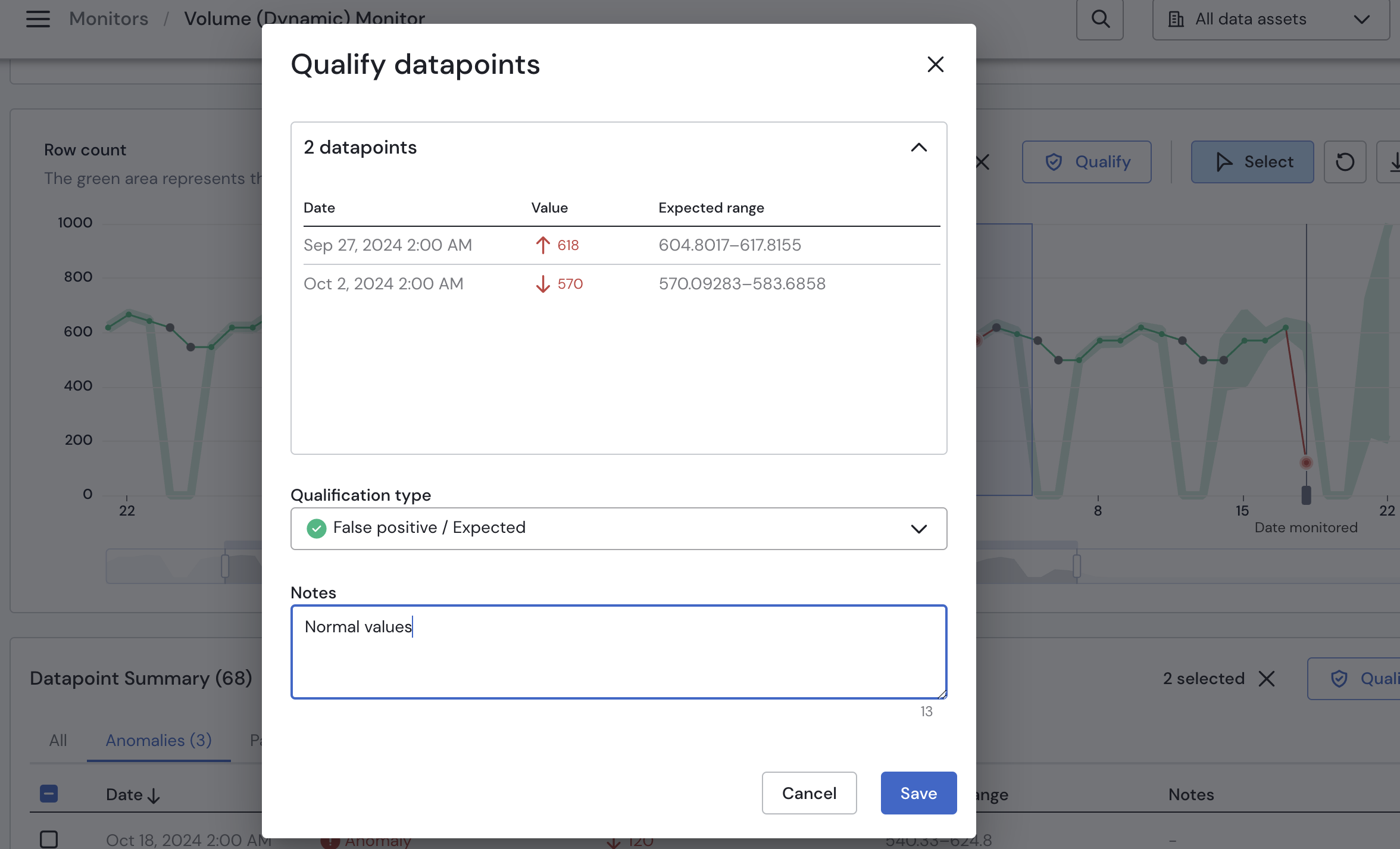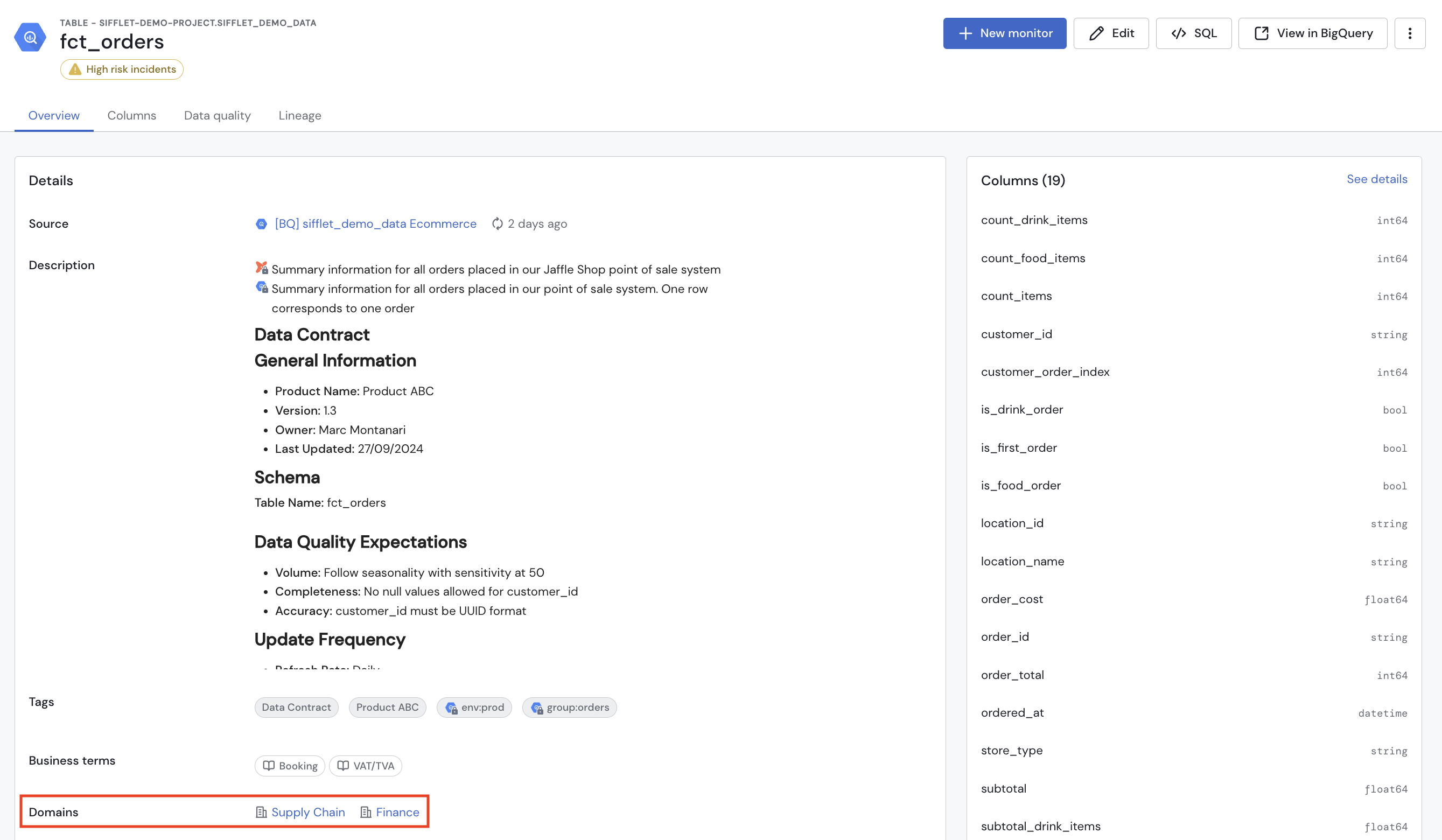Optimize user access controls with customizable permissions for JIT users
by Margot LepizzeraYou can now customize the system and domain permissions you want to grant users created through Just-In-Time (JIT) user provisioning. This addition allows for operational efficiency while minimizing risks of over-privileged accounts.

Read more about default permissions for JIT users
App version: v390










